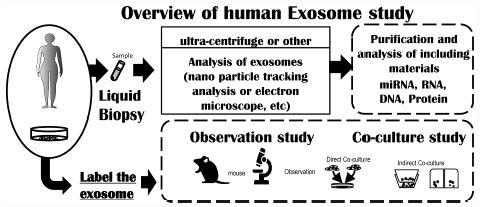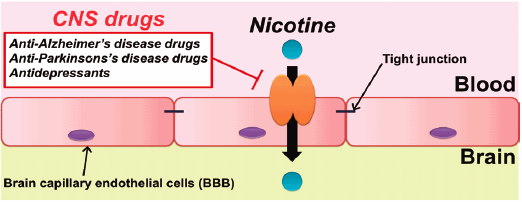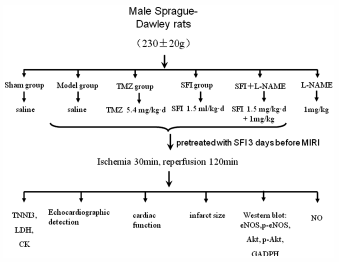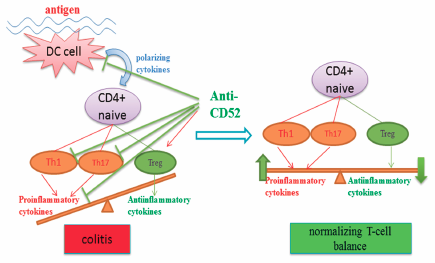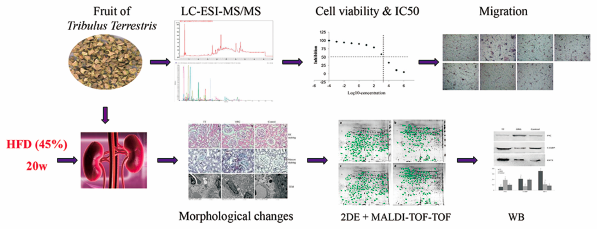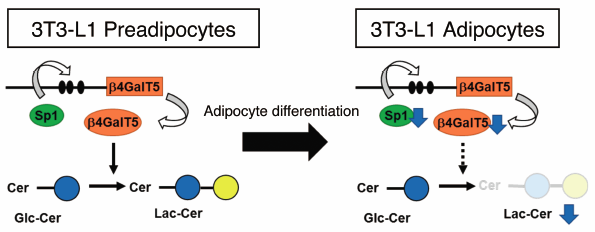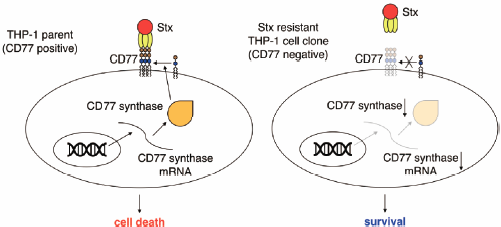Volume 41, Issue 9
Displaying 1-27 of 27 articles from this issue
- |<
- <
- 1
- >
- >|
Review
-
2018Volume 41Issue 9 Pages 1311-1321
Published: September 01, 2018
Released on J-STAGE: September 01, 2018
Download PDF (3697K) Full view HTML
Current Topics - Recent Advances in Research on Biological Membranes That Regulate the Central Nervous System
-
2018Volume 41Issue 9 Pages 1322-1323
Published: September 01, 2018
Released on J-STAGE: September 01, 2018
Download PDF (172K) Full view HTML
Current Topics: Reviews
-
2018Volume 41Issue 9 Pages 1324-1329
Published: September 01, 2018
Released on J-STAGE: September 01, 2018
Download PDF (10487K) Full view HTML -
2018Volume 41Issue 9 Pages 1330-1336
Published: September 01, 2018
Released on J-STAGE: September 01, 2018
Download PDF (1567K) Full view HTML -
2018Volume 41Issue 9 Pages 1337-1347
Published: September 01, 2018
Released on J-STAGE: September 01, 2018
Download PDF (1546K) Full view HTML
Regular Articles
-
2018Volume 41Issue 9 Pages 1348-1354
Published: September 01, 2018
Released on J-STAGE: September 01, 2018
Download PDF (4860K) Full view HTML -
2018Volume 41Issue 9 Pages 1355-1361
Published: September 01, 2018
Released on J-STAGE: September 01, 2018
Advance online publication: June 16, 2018Download PDF (2920K) Full view HTML -
2018Volume 41Issue 9 Pages 1362-1366
Published: September 01, 2018
Released on J-STAGE: September 01, 2018
Advance online publication: July 04, 2018Download PDF (610K) Full view HTML -
2018Volume 41Issue 9 Pages 1367-1371
Published: September 01, 2018
Released on J-STAGE: September 01, 2018
Advance online publication: July 04, 2018Download PDF (477K) Full view HTML -
2018Volume 41Issue 9 Pages 1372-1378
Published: September 01, 2018
Released on J-STAGE: September 01, 2018
Download PDF (1041K) Full view HTML -
2018Volume 41Issue 9 Pages 1379-1383
Published: September 01, 2018
Released on J-STAGE: September 01, 2018
Download PDF (1231K) Full view HTML -
2018Volume 41Issue 9 Pages 1384-1392
Published: September 01, 2018
Released on J-STAGE: September 01, 2018
Download PDF (1255K) Full view HTML -
2018Volume 41Issue 9 Pages 1393-1400
Published: September 01, 2018
Released on J-STAGE: September 01, 2018
Download PDF (1417K) Full view HTML -
2018Volume 41Issue 9 Pages 1401-1405
Published: September 01, 2018
Released on J-STAGE: September 01, 2018
Advance online publication: July 06, 2018Download PDF (3330K) Full view HTML -
2018Volume 41Issue 9 Pages 1406-1413
Published: September 01, 2018
Released on J-STAGE: September 01, 2018
Advance online publication: June 16, 2018Download PDF (2479K) Full view HTML -
2018Volume 41Issue 9 Pages 1414-1422
Published: September 01, 2018
Released on J-STAGE: September 01, 2018
Download PDF (471K) Full view HTML -
2018Volume 41Issue 9 Pages 1423-1429
Published: September 01, 2018
Released on J-STAGE: September 01, 2018
Advance online publication: June 13, 2018Download PDF (1986K) Full view HTML -
2018Volume 41Issue 9 Pages 1430-1439
Published: September 01, 2018
Released on J-STAGE: September 01, 2018
Advance online publication: July 06, 2018Download PDF (11496K) Full view HTML -
2018Volume 41Issue 9 Pages 1440-1447
Published: September 01, 2018
Released on J-STAGE: September 01, 2018
Download PDF (929K) Full view HTML -
2018Volume 41Issue 9 Pages 1448-1455
Published: September 01, 2018
Released on J-STAGE: September 01, 2018
Download PDF (3279K) Full view HTML -
 2018Volume 41Issue 9 Pages 1456-1462
2018Volume 41Issue 9 Pages 1456-1462
Published: September 01, 2018
Released on J-STAGE: September 01, 2018
Editor's pickSeleno-L-methionine (SeMet) is a major form of selenium compounds in foods. The article by Arakawa et al. demonstrated that ear thickness was increased by repeated application of 2,4,6-trinitrochlorobenzene (TNCB) to the ear, and SeMet significantly suppressed ear thickness in mice. SeMet inhibited epidermal hyperplasia and dense infiltration of inflammatory cells. Serum total immunoglobulin (Ig) E levels were suppressed by SeMet. Interleukin (IL) 4 expression in the ear and superficial parotid lymph node was inhibited by SeMet. These results demonstrated that SeMet suppresses atopic dermatitis-like skin lesions and inhibits the expression of total IgE and IL-4.
Download PDF (3699K) Full view HTML -
2018Volume 41Issue 9 Pages 1463-1470
Published: September 01, 2018
Released on J-STAGE: September 01, 2018
Advance online publication: July 07, 2018Download PDF (824K) Full view HTML
Notes
-
2018Volume 41Issue 9 Pages 1471-1474
Published: September 01, 2018
Released on J-STAGE: September 01, 2018
Download PDF (496K) Full view HTML -
2018Volume 41Issue 9 Pages 1475-1479
Published: September 01, 2018
Released on J-STAGE: September 01, 2018
Download PDF (2762K) Full view HTML -
2018Volume 41Issue 9 Pages 1480-1484
Published: September 01, 2018
Released on J-STAGE: September 01, 2018
Download PDF (765K) Full view HTML -
2018Volume 41Issue 9 Pages 1485-1488
Published: September 01, 2018
Released on J-STAGE: September 01, 2018
Download PDF (332K) Full view HTML -
2018Volume 41Issue 9 Pages 1489-1493
Published: September 01, 2018
Released on J-STAGE: September 01, 2018
Download PDF (334K) Full view HTML
- |<
- <
- 1
- >
- >|

